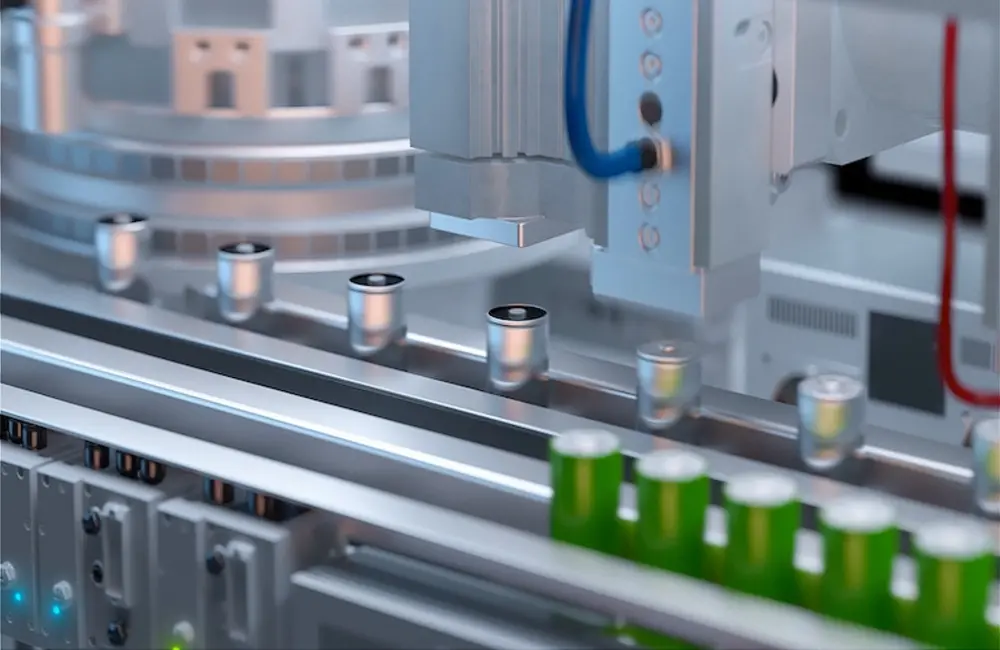Umicore is set to construct a manufacturing plant near Kingston, Ontario, that could start manufacturing battery cathode precursor materials and cathode active battery materials by the end of 2025, a step that will advance the Canadian province's ambition of developing a local electric vehicle supply chain, the company and government officials said on July 13.
“Canada and the Ontario province have everything it takes for Umicore to develop a fully-fledged, sustainable battery material supply chain, from mine-to end-market electric vehicles,” Umicore chief executive Mathias Miedreich said in a statement.
The new plant will be a major expansion for Umicore, a metals and materials technology company based in Belgium, which is expanding into North America’s lithium-ion battery and electric vehicle industries.
“Following the inking of key customer contracts, this expansion in North America would complete our global rollout of regional supply chains for our automotive and battery cell customers across three continents,” Miedreich said.
The Ontario facility would be North America’s first to produce both precursor and cathode active materials on an industrial scale, Umicore said. It will also be fully powered by renewable energy, it said.
The plant's construction is slated to begin in 2023. It could ultimately produce enough of the materials needed to power around 1 million EVs a year by the end of the decade, according to Umicore.
Umicore added it would also investigate opportunities for metals refining and battery recycling in North America in order to provide its customers in the region “secure and circular access to critical battery materials.”
Surrounded by the battery industry, the Belgium-based company already has a cathode precursor and cobalt refining plant in Finland and battery materials plants in Poland, China, and South Korea.
“This investment [in Ontario] is the last step for Umicore to ensure a truly global production footprint with a regionally fully integrated battery material value chain enabling its customers in their fast transformation to sustainable electric mobility,” it said.
Partnership with Canada
Along with the construction plans for the plant, Umicore and the Canadian government also announced the filing of a memorandum to complete the support application process for that project through Canada's Strategic Innovation Fund. The fund is a national program here that “supports large-scale, transformative and collaborative projects that help position Canada to prosper in a global knowledge-based economy,” as the Canadian government's website explains.
Umicore’s plant, Canadian officials said, will fill a “missing link” in Canada’s battery value chain between upstream battery metals mining and downstream battery and EV manufacturing, all of which are currently present in the country or are being developed.
Umicore’s plans to locate its new facility in Loyalist Township is another significant step forward as we create a global hub for electric vehicle production in Canada, from mineral extraction to manufacturing,” Canadian Prime Minister Justin Trudeau said in the joint statement. “This latest addition in Canada for the company will be vital for Canada's clean automotive sector for years to come.”
Since 2020, Ontario’s government has been working to attract EV-related investment to the province. Ontario’s minister of economic development, job creation and trade, Vic Fedeli, said in a March interview.
“We have the OEM automotive guys covered, we have the investment in the battery manufacturing plant [Stellaris-LEGS we’ve invested in green steel [at ArcelorMittal Dofasco], we’ve put millions into a program, Ontario Automotive Modernization Program,” he said at the time.
Automaker Stellantis and lithium-ion battery developer LG Energy Solution had announced earlier this year that they would jointly build Canada’s first large-scale EV battery manufacturing facility in Windsor, Ontario.
In April, General Motors also announced it would open Canada’s first full-scale commercial EV manufacturing hub at its CAMI automotive assembly plant in Ingersoll, Ontario.
Northern Ontario’s “ring of fire” region, for example, is a priority for critical mineral sourcing, which could produce cobalt, nickel, copper, platinum, and palladium.





















